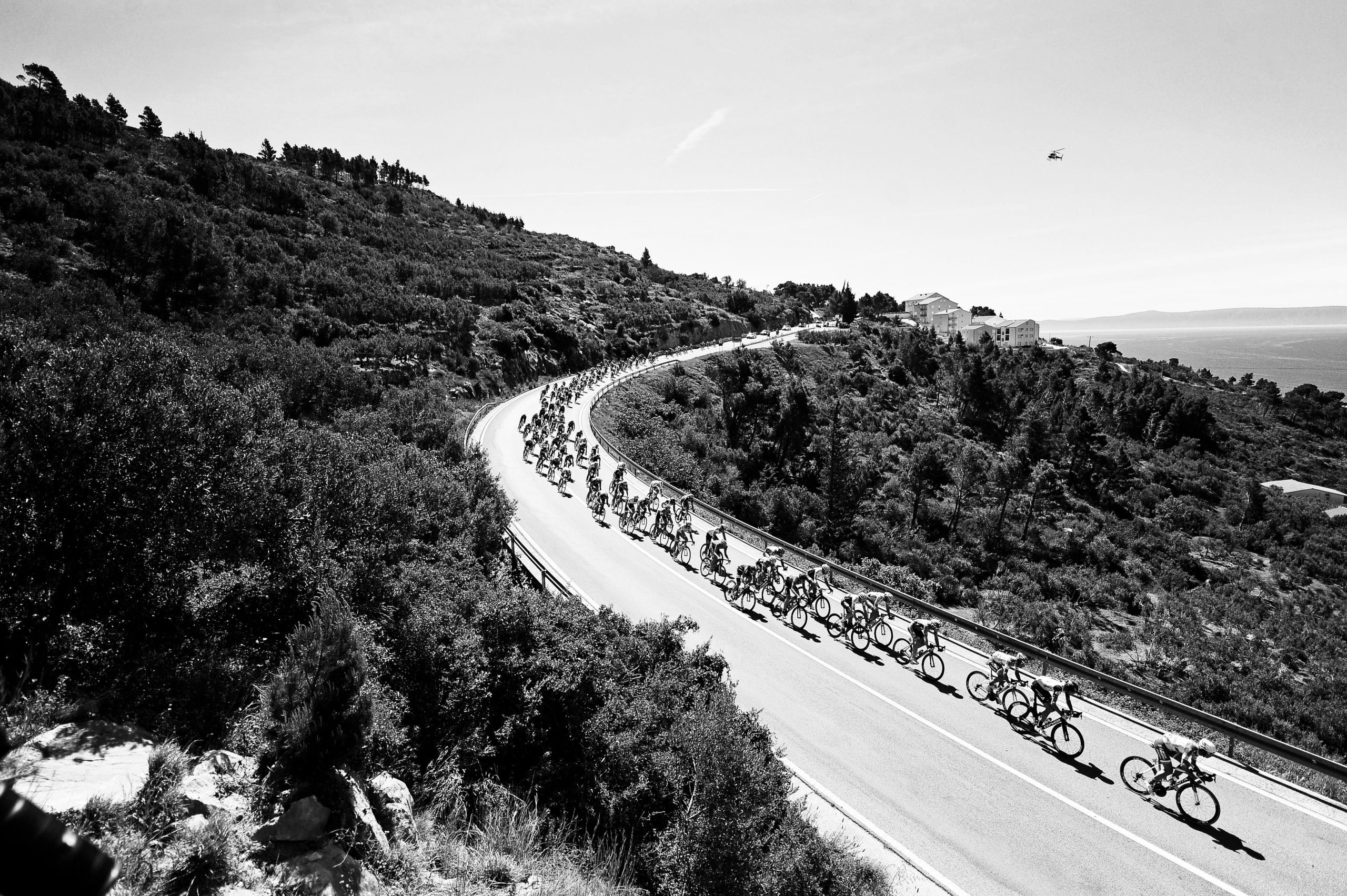Editor’s note: This is a sponsored article, which means it’s independently written by our team but financially supported by another organisation, in this case, Dimension Data. If you would like to learn more about sponsored posts, read this and contact us if you’re interested in partnering with us.
As the Tour de France makes its way across France and toward the final stretch this Sunday, there’s a data centre on wheels hot on the peloton’s heels. Dimension Data is the Official Technology Partner of Amaury Sport Organisation (A.S.O.), organiser of the Tour, and delivers real-time race information to cycling fans, professionals, and the media around the world.
For the second year in a row, Dimension Data has worked very closely with A.S.O. to enrich the viewing experience of the greatest cycling event in the world. The live-tracking and data analytics solution it delivers tracks each rider in the race using GPS technology. The bikes of all 198 cyclists from 22 teams in the race are fitted with GPS sensors underneath the saddles.
Dimension Data’s big data truck, which travels from stage to stage of the Tour, then processes the race’s live-tracking information through an advanced data analytics application running on the company’s cloud platform. This virtual computing environment provides the power of more than 60 virtual servers, across three continents, and delivers more than 350,000,000 CPU cycles per second.
Dimension Data’s solution processes between four and six million datasets on each stage of the tour. This information is then displayed on the internet on a live-tracking website, shared via social media, and displayed as television graphics to show each rider’s speed, distances between riders, and their position within the peloton. Weather conditions are also tracked in the form of wind speed and direction to show how individual and team strategies play out during each stage, against a set of environmental factors.
The big data truck isn’t only a data analytics hub, but also a mobile workplace. To support a more agile, flexible way of working in the dynamic environment of the Tour, the truck is fitted with next-generation communication, collaboration, and mobility technologies. The team works and interacts around the clock, using a range of mobile devices, and communicating across time zones from within the truck. In 2015, this ‘workspaces for tomorrow’ approach enabled Dimension Data to not only successfully deliver the entire Tour de France solution in the four months leading up to the race, but also to implement a 24-hour development and refinement cycle to support the solution during the race, which it’s also doing this year.
In the past, there was no detailed analytics available of the race. Today, this information changes how fans experience the race and follow the performance of their favourite riders, and compare them against others. A large number of people tune into the Tour de France from around the world every year, with millions of engagements on social media.
Dimension Data’s technology has enhanced the accuracy of tracking and data analytics regardless of the environment, whether the cyclists are moving through city streets or down winding rural roads. Dimension Data’s agile infrastructure is also able to stay on top of riders’ data following a crash or during inclement weather, of which there was plenty this year.
The Tour de France is not just a challenge for the riders, but also a demanding project for Dimension Data. Each stage is a complex and exhausting route while the company’s engineers need to constantly monitor the cybersecurity protections it has in place to keep massive data feeds flowing at all times. Dimension Data believes that it can apply the skills and expertise of supporting the Tour de France to any kind of business challenge.



Would you like to write the first comment?
Login to post comments